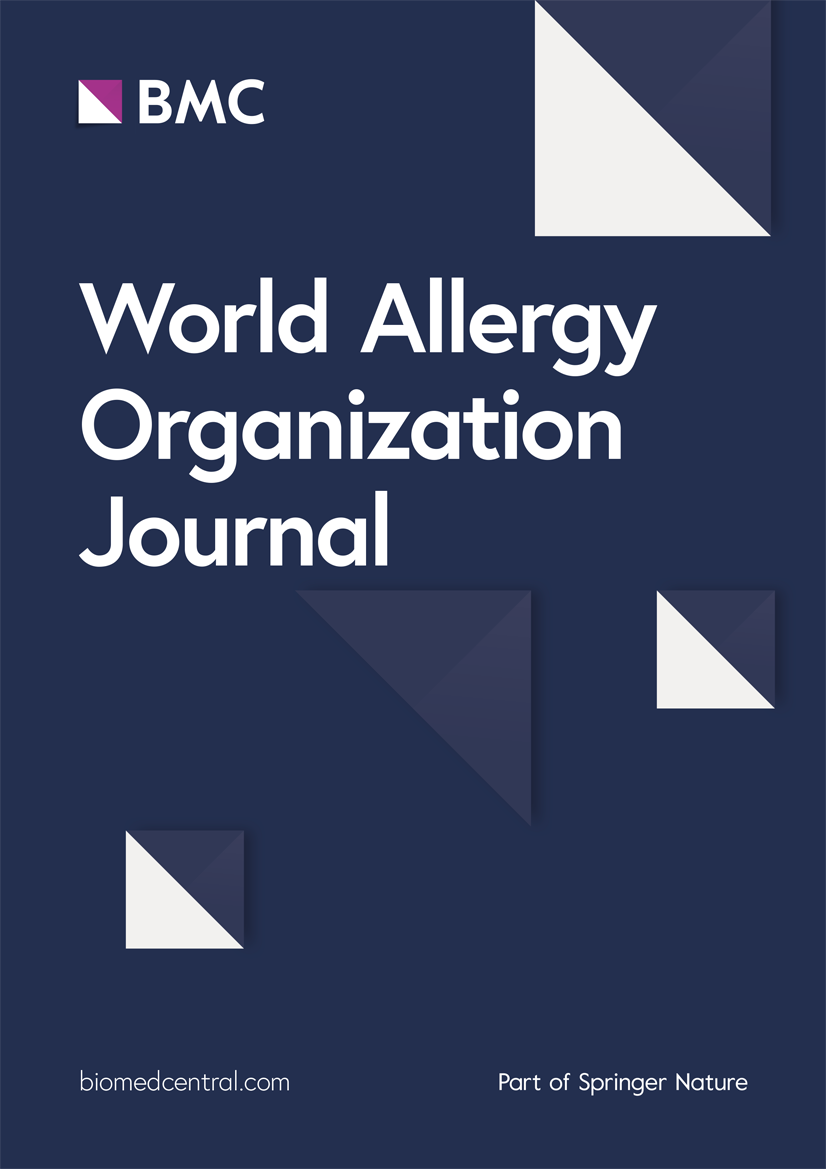探索长期哮喘缓解的趋势和预测因素
IF 4.3
2区 医学
Q2 ALLERGY
引用次数: 0
摘要
哮喘缓解是一种低至无疾病活动的状态。迄今为止,对预测因素和长期哮喘缓解的可实现性知之甚少。目的探讨成人轻至重度哮喘患者长期缓解的临床预测因素和趋势。方法本研究纳入203例轻度至重度哮喘成人,来自全年龄哮喘队列,随访6年。参与者参加了5次访问,在此期间评估2型炎症标志物(血液和痰嗜酸性粒细胞,分数呼出一氧化氮),肺功能测量(振荡测定法,肺活量测定法),特应性和系统性合并症。临床缓解的定义是哮喘控制测试得分≥20,加上过去12个月内没有严重恶化和全身皮质类固醇使用,肺功能正常或稳定。长期缓解定义为缓解持续至少3年,而短期缓解持续1年或2年。结果长期缓解率为27%,短期缓解率为34%,无缓解率为39%。16%的严重哮喘患者实现了长期缓解,而65%的轻中度哮喘患者实现了长期缓解。超过三分之一的患者从未达到缓解,尽管高剂量ICS仍有持续的T2标记物。哮喘无缓解的预测因子包括持续t2标记物数量(OR:0.26, CI: 0.11, 0.61)、耐药频率依赖性(FDR, R5-R20Hz; OR:0.36, CI: 0.15, 0.82)、FEV1/FVC (OR:0.16, CI: 0.06, 0.37)、GERD (OR:0.23, CI: 0.1, 0.5)、CVD (OR:0.44, CI: 0.22, 0.87)、血脂异常(OR:0.38, CI: 0.13, 1.05),而室内尘螨致敏与较高的缓解率相关(OR:2.06, CI: 1.03, 4.17)。在长期随访中,痰嗜酸性粒细胞、小气道功能障碍和气流阻塞是无缓解的重要调整预测因子。本研究强调了实现长期缓解的大量未满足需求,特别是对于持续性2型炎症和肺功能受损的患者,促使重新评估早期靶向T2炎症以预防肺功能损害。本文章由计算机程序翻译,如有差异,请以英文原文为准。
Exploring trends and predictors of long-term asthma remission
Rationale
Asthma remission is a state of low to no disease activity. To date, little is known about predictors and the achievability of long-term asthma remission.
Objective
To identify clinical predictors and trends of long-term remission in a cohort of adults with mild to severe asthma.
Methods
This study included 203 adults with mild to severe asthma from the All Age Asthma Cohort, followed over 6 years. Participants attended 5 visits, during which type 2 inflammation markers (blood and sputum eosinophils, fractional exhaled nitric oxide), lung function measurements (oscillometry, spirometry), atopy and systemic comorbidities were assessed. Clinical remission was defined by an Asthma Control Test score of ≥20 plus the absence of both severe exacerbations and systemic corticosteroid use in the past 12 months, and normal or stable lung function. Long-term remission was defined as remission lasting at least 3 consecutive years, while short-term remission lasted 1 or 2 consecutive years.
Results
The frequencies of long-term, short-term, and no remission were 27%, 34%, and 39%, respectively. 16% of all patients with severe asthma achieved long-term remission, compared to 65% of those with mild-to-moderate disease. Over one-third of all patients never achieved remission and had persistent T2 markers despite high-dose ICS. Predictors of no asthma remission included number of persistent T2-markers (OR:0.26, CI: 0.11, 0.61), frequency dependence of resistance (FDR, R5-R20Hz; OR:0.36, CI: 0.15, 0.82), FEV1/FVC (OR:0.16, CI: 0.06, 0.37), GERD (OR:0.23, CI: 0.1, 0.5), CVD (OR:0.44, CI: 0.22, 0.87), dyslipidemia (OR:0.38, CI: 0.13, 1.05), whereas sensitization to house dust mite was associated with a higher remission rate (OR:2.06, CI: 1.03, 4.17). During long-term follow-up, significant adjusted predictors of no remission were sputum eosinophils, small airway dysfunction, and airflow obstruction.
Conclusion
This study highlights a substantial unmet need in achieving long-term remission, particularly in patients with persistent type 2 inflammation and impaired lung function, prompting re-evaluation of targeting T2 inflammation earlier to prevent lung function impairment.
求助全文
通过发布文献求助,成功后即可免费获取论文全文。
去求助
来源期刊

World Allergy Organization Journal
Immunology and Microbiology-Immunology
CiteScore
9.10
自引率
5.90%
发文量
91
审稿时长
9 weeks
期刊介绍:
The official pubication of the World Allergy Organization, the World Allergy Organization Journal (WAOjournal) publishes original mechanistic, translational, and clinical research on the topics of allergy, asthma, anaphylaxis, and clincial immunology, as well as reviews, guidelines, and position papers that contribute to the improvement of patient care. WAOjournal publishes research on the growth of allergy prevalence within the scope of single countries, country comparisons, and practical global issues and regulations, or threats to the allergy specialty. The Journal invites the submissions of all authors interested in publishing on current global problems in allergy, asthma, anaphylaxis, and immunology. Of particular interest are the immunological consequences of climate change and the subsequent systematic transformations in food habits and their consequences for the allergy/immunology discipline.
 求助内容:
求助内容: 应助结果提醒方式:
应助结果提醒方式:


